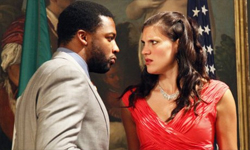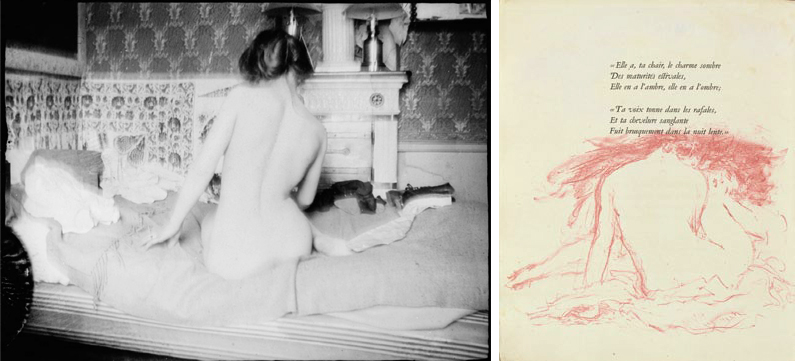
WNO Domingo-Cafritz Young Artists singers perform “La donna e mobile” from Verdi’s Rigoletto. Photo: Chris Flynn/ National Endowment for the Humanities
This past Wednesday I had the privilege of attending a special program at the Italian Embassy called “Verdi: Uncensored”. It featured a presentation by renowned musicologist, University of Chicago Professor Emeritus, Philip Gossett and performances by several Domingo-Cafritz Young Artists. The program was introduced by Kenneth Feinberg (best known as the administrator of the September 11th Victim Compensation Fund), former President of the Washington National Opera (and owner of over 9,000 opera recordings!). The program revealed many original scores that scholars have unearthed, showing how intrusive church, court, and police censors had been over decades, sometimes totally distorting meaning and logic in the operas. Bravo to the National Endowment for the Humanities for supporting this scholarship for some thirty years! I learned a lot about Verdi and I had reason to reflect on the importance of free expression and the insidious impact of censorship on artistic expression.


